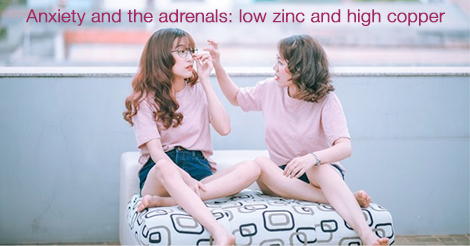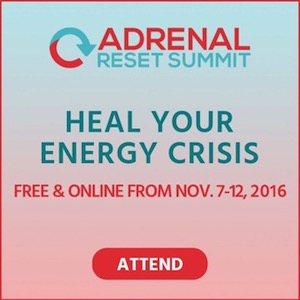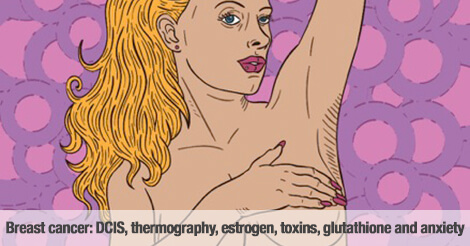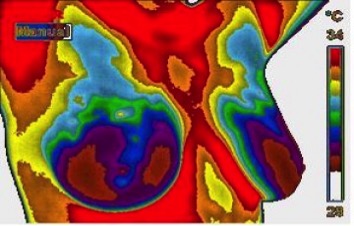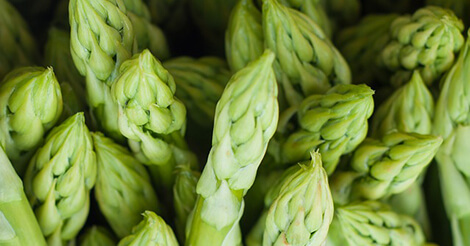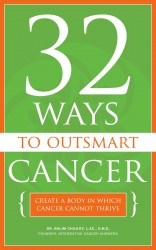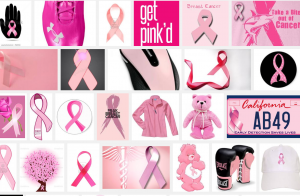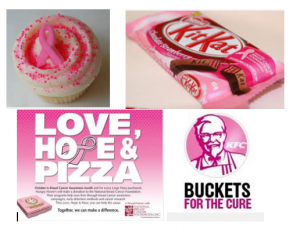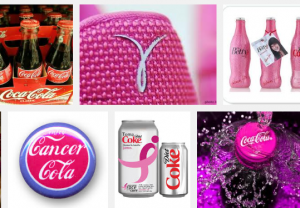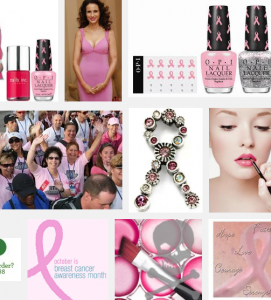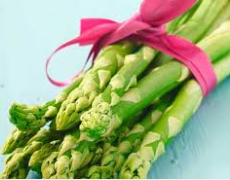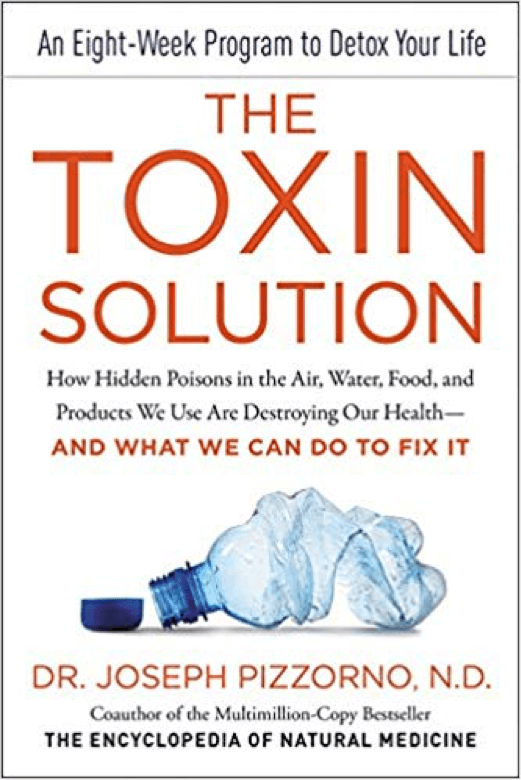
Toxin exposure is at an all-time high and very relevant when it comes to anxiety, ADHD, asthma, diabetes, cancer, dementia and all chronic diseases. I did this wonderful interview with Dr. Joseph Pizzorno in 2017 when his book – The Toxin Solution – was published and for some reason it didn’t make it onto the blog.
I’ve decided to share it now because Dr. Pizzorno is one of the speakers at the August IMMH/Integrative Medicine for Mental Health conference.
If you’re planning to attend this will give you a taste of what to expect. If you’re on the fence hopefully this will convince you, together with the fact that I’m presenting again this year (I’m doing a deep dive into GABA).
I look forward to meeting him in person at the conference and will hopefully see you there too! If you can’t make it or are not a practitioner enjoy this interview and do checkout his fabulous book.
Read on for notes from our interview, the video interview and resources for you related to our interview. Some highlights include these facts: about 90% of diabetes is just due to 6 toxins; PCBs (polychlorinated biphenyls) may account for half of all breast cancer; top 10% of those exposed to organophosphate pesticides saw a doubling of ADHD (just one pesticide); 20% of osteoporosis in women is due to cadmium; lentil soup in a can has 10 x more BPA than homemade and much more
Here is the book: The Toxin Solution: How Hidden Poisons in the Air, Water, Food, and Products We Use Are Destroying Our Health–AND WHAT WE CAN DO TO FIX IT (my Amazon link)
Here is our wonderful interview
And here is a summary from the video interview:
- in mid to late-70s people were sick because of nutritional deficiencies, lack of exercise and lifestyle factors
- we have polluted our air, water, food, health and beauty aids, household cleaning products, products in our yards – independent of what you do, toxins are coming in
- he worked with big oil company in Canada – they wanted to improve the health of the staff and he ran tests to measure nutritional status and toxin levels ($1500 worth of lab tests of 4500 people) – saw a lot of toxicity
- top 20% of those with body burden of toxins vs bottom 20% – what is disease risk? very big increase in disease risk
- diabetes as example – when he was in medical school 50 years ago diabetes affected 1% of the population and now it’s 20-30x more common
- looked at data on diabetes and toxins – looked at organochlorine pesticides – used widely in our food supply
- top 10% of those with high body burden – 12 fold increase risk of diabetes
- looked at many other diseases and all had high correlation of toxicity with higher risk
- used his book advance to hire researchers (Bastyr grads) to determine what toxins contribute to what diseases
- about 90% of diabetes is just due to 6 toxins
- it’s why he wrote this book The Toxin Solution (my Amazon link) – here’s how toxins cause disease, here’s where the toxins are coming from, here’s how you avoid them and here’s how you prepare your body for a detox (do this first) and then do the detox
- [I shared my exposure to lead when I worked in an oil refinery before I became a nutritionist]
- oil field workers he tested were never exposed to the oil itself as it was underground – they were also farmers and spaying with pesticides, herbicides and insecticides
- everyone can relate to how dangerous smoking is i.e. lung cancer is doubled by smoking and it affects 20-25% of the population, so bring it home for people asked if there are other toxins that increase the risk of certain diseases – answer is most certainly yes
- asthma – Polycyclic aromatic hydrocarbons (PAHs) from second-hand smoke, city living, diesel, barbecue smoke; 93% of the US population have enough PAH exposure to double their risk of asthma
- breast cancer – PCBs (polychlorinated biphenyls) may account for half of all breast cancer
- some data on toxins and anxiety, mental health but more on neurodegeneration and dementia; damage to the neurons will make you more prone to anxiety, stress and depression
- anxiety and ADHD in children – top 10% of those exposed to organophosphate pesticides compared to bottom 10%, saw a doubling of ADHD (and this was just looking at one pesticide)
- neurological system is really susceptible to these toxins
- if you’re eating conventional foods you’re full of toxins
- Seattle study on kids coming out of organic stores vs those coming out of conventional stores – the later had 10x higher levels of organophosphate pesticides
- high phosphate fertilizers are contaminated with cadmium
- osteoporosis study in women – thinner bones when exposed to cadmium from conventional soybeans; 20% of osteoporosis in women in the USA is due to cadmium
- eat organically grown foods
- foods will absorb BPA and phthalates from the cans they are in
- study comparing homemade lentil soup vs lentil soup in a can – canned lentil soup had 10 x more BPA
- BPA binds to insulin-receptor sites, pancreas burns out and you get diabetes
- [I mention moms exposed to BPA when pregnant and their children have higher risk for ADHD and anxiety]
- children born to moms in top 10% of exposure to organophosphate pesticides vs bottom 10% – children had a 7 point drop in IQ (even when followed for 7 years)
- women who breastfeed have lower cancer risk and more breastfeeding leads to lower PCB levels (breast-feeding for 12 months decreased PCB levels by 40%)
- great for the mom but no good for the children
- what’s remarkable – PCBs were banned in the US 40 years ago – so hard to breakdown in our bodies and the environment so they accumulate
- best plan – east organic, don’t use plastic storage containers, beauty products with no phthalates
- check your water – in the USA 10% of public water has high enough arsenic levels to increase risk of diseases; at least use carbon filter to get out the chemicals
- 60-70% of out toxin exposure comes from food – we have control over this and the body can heal
- [I say the book offers solutions: The Toxin Solution: How Hidden Poisons in the Air, Water, Food, and Products We Use Are Destroying Our Health–AND WHAT WE CAN DO TO FIX IT (my Amazon link)]
- our bodies evolved to detoxify and there is a lot we can do
- what to do – don’t let them in
- increase your fiber intake – liver denatures toxins by binding them to another molecule and dumps them into the gut where they are bound to fiber and excreted but 90% of toxins get reabsorbed through enterohepatic circulation because we now only consume 15-20g of fiber a day. You need at least 40-50g of fiber a day to detox
- if you do nothing more than consume more fiber you will get the toxins out – it’s very slow but you will get the toxins out
- flax seeds, oats, alginate, pectin
- not a fan of wheat fiber – most of his patients don’t tolerate wheat
- any kind of fiber that mixes in water and gels – this is good
- NAC (N-acetyl cysteine) – the cysteine promotes the production of glutathione (most important intracellular and intra-mitochondrial antioxidant
- glutathione is also part of process in the liver where it binds chemical toxins in order to neutralize them and dump them into the gut to get rid of them
- as little 500mg/day of NAC can help your body get rid of toxins
- next is sweat – saunas and running, but not steam-baths as this recirculates stuff – your sweat is full of toxins
- [I have a question about the toxin-filled sweat on the towels and in the sauna]
- air out the sauna and wash the towels but it’s not ideal because then we’re putting those toxins back into the environment (can burn them or bury them but there is no good solution) – best to stop putting chemicals into environment
- [I have a question about an indoor saunas and toxins going into the home]
- valid question – his sauna has a window to the outside
- tip for homemade cleaning products – water, vinegar and lavender oil (which is both calming and antibacterial)
- no to fragrances which are solubilized to phthalates and 1/3 of all diabetes is linked to phthalate exposure
- you get exposed to phthalates when hot water hits your plastic shower curtain
- great-grandfather ate a Mediterranean diet lived to 95 and never saw a doctor, grandfather ate a mix of American diet and Mediterranean diet
- dad ate 100% American diet, plus not worried about exposure to chemicals – lived to 88 but had dementia by 83, osteoporosis, arthritis, hip replacement surgery, cardiac surgery
- final words of wisdom: good health is quite straight-forward – eat real food rich in nutrients and avoid toxins as much as you can and your wonderful body will take of just about everything else
Resources for you
- The Toxin Solution: How Hidden Poisons in the Air, Water, Food, and Products We Use Are Destroying Our Health–AND WHAT WE CAN DO TO FIX IT (my Amazon link). This is a wonderful book if you as a health-savvy consumer are looking to learn and protect yourself and your family. It’s aksi a great gift for someone who is new to the concept of how toxins affect our health. Finally, it’s a wonderful resource for practitioners to share with their patients and clients.
- You can purchase NAC and lavender essential oil from my supplement store here.
- As I mentioned, Dr. Pizzorno is one of the speakers at the August 2019 IMMH/Integrative Medicine for Mental Health. His presentation will be on day 2 – Neurotoxin Susceptibility by Age: The Impact of Metal and Non-Metal Toxins on the Brain. You can read more here.
- We didn’t address how some of the amino acids can help with detox too. But you can learn more about how GABA protects against hypothyroidism caused by fluoride and reduces anxiety here. I’ll be discussing this and some other new GABA research in my presentation on day 3 – GABA for Anxiety, ADHD, Autism, Insomnia and Addictions: Research and Practical Applications. You can read more here.
Do let us know what steps you’ve made to reduce toxic exposure in your life and what you’ve done to detox, and what improvements you’ve observed.
Feel free to post questions in the comments too.
And let me know if you’ll be at IMMH. And be sure to stop by and say hi to both me and Dr. Pizzorno.
